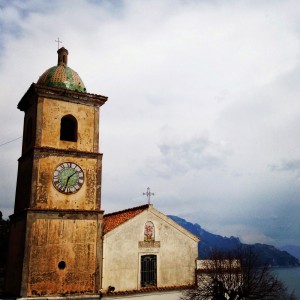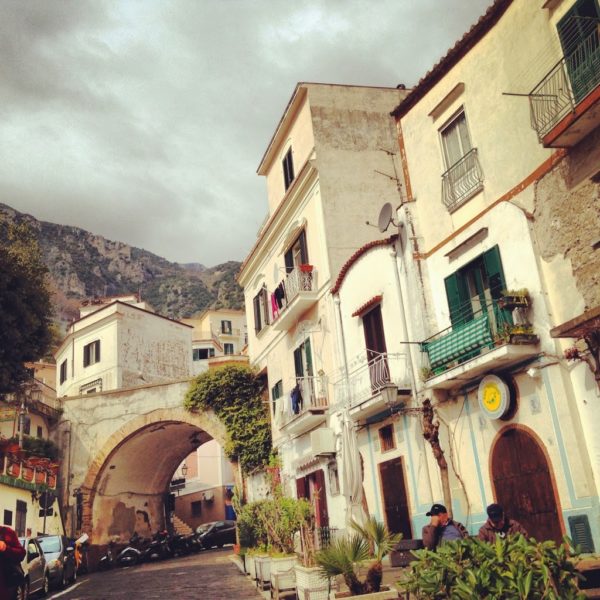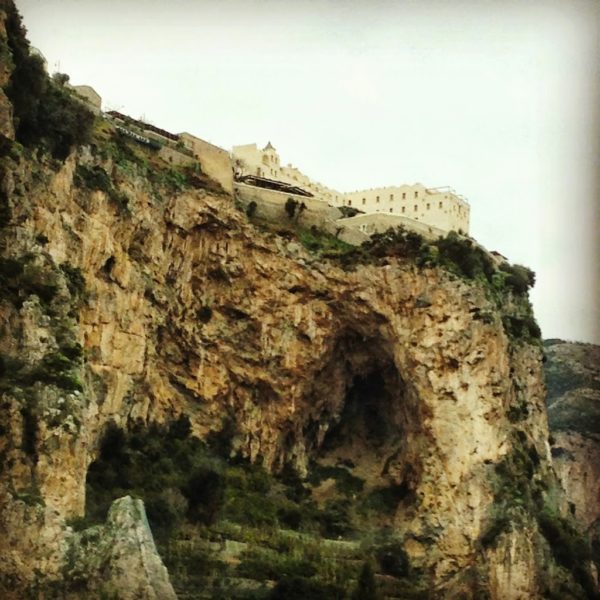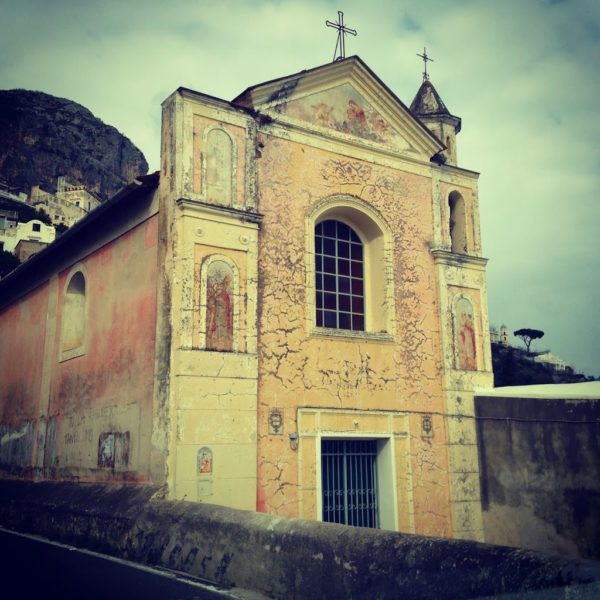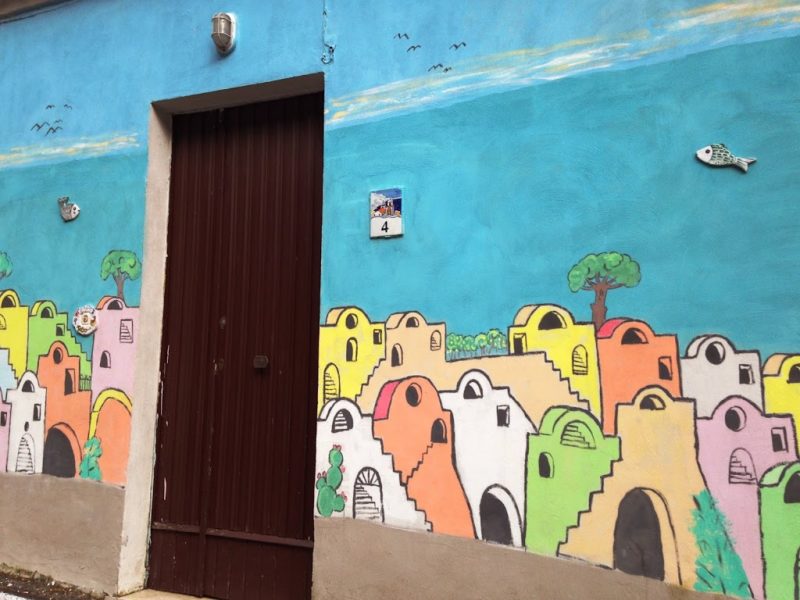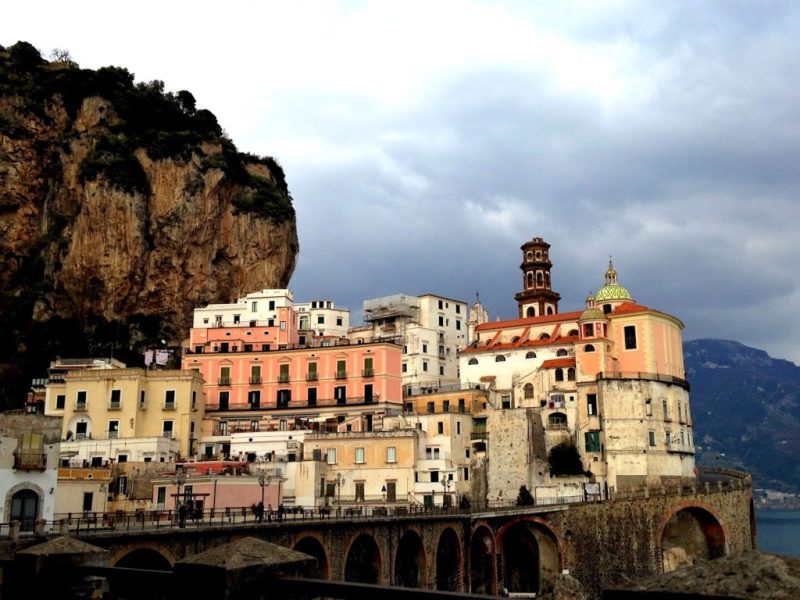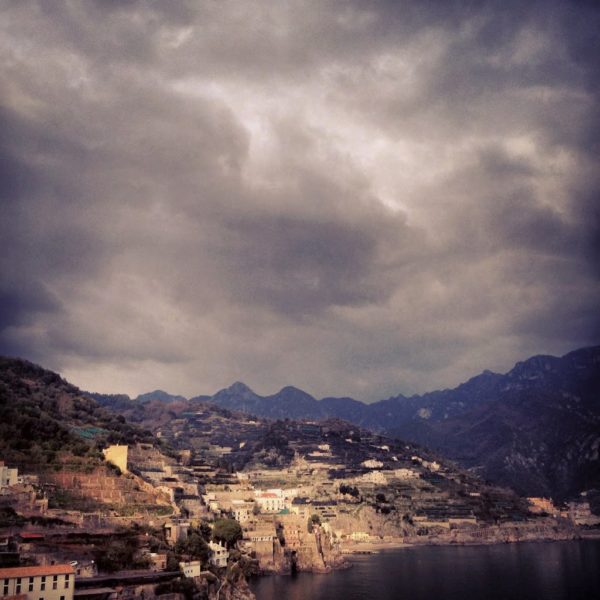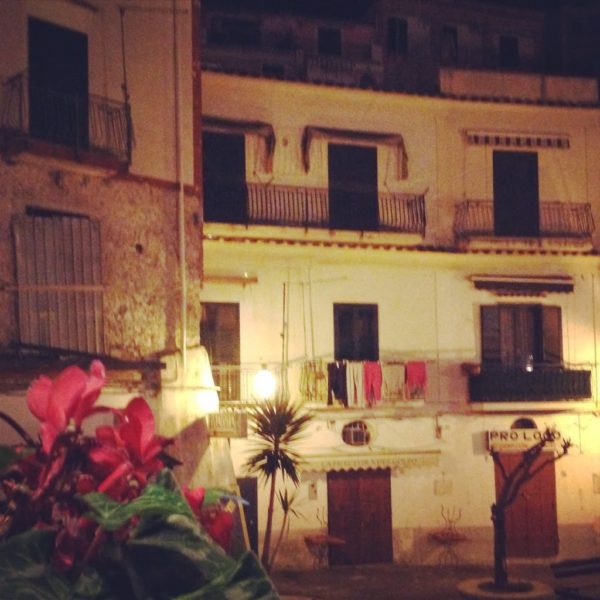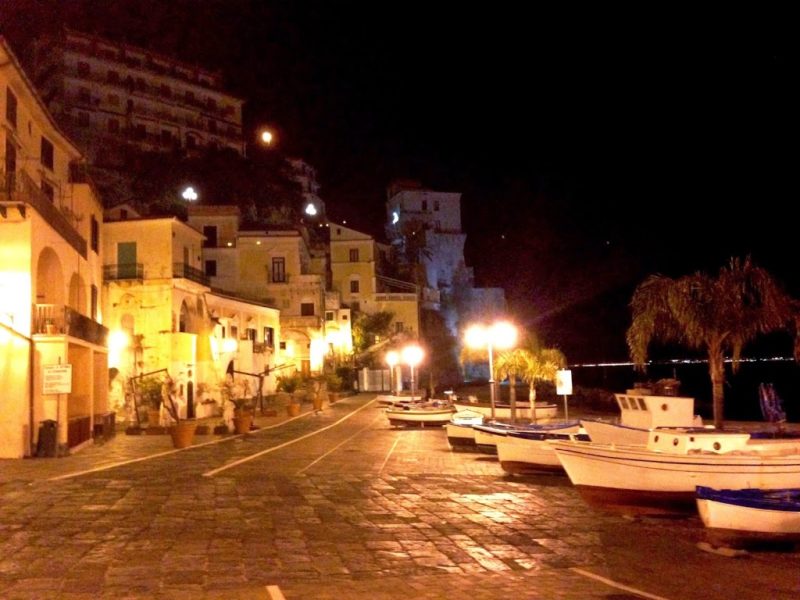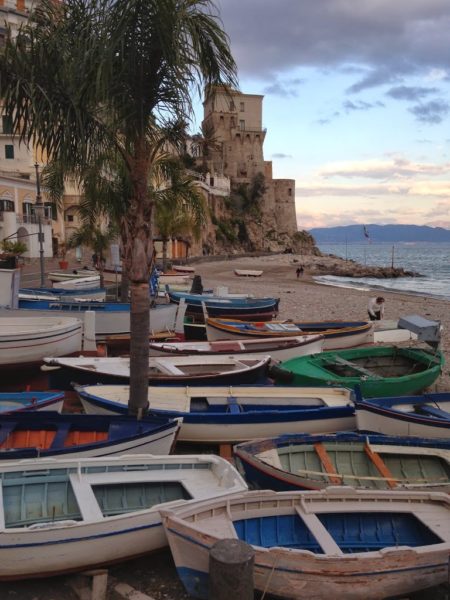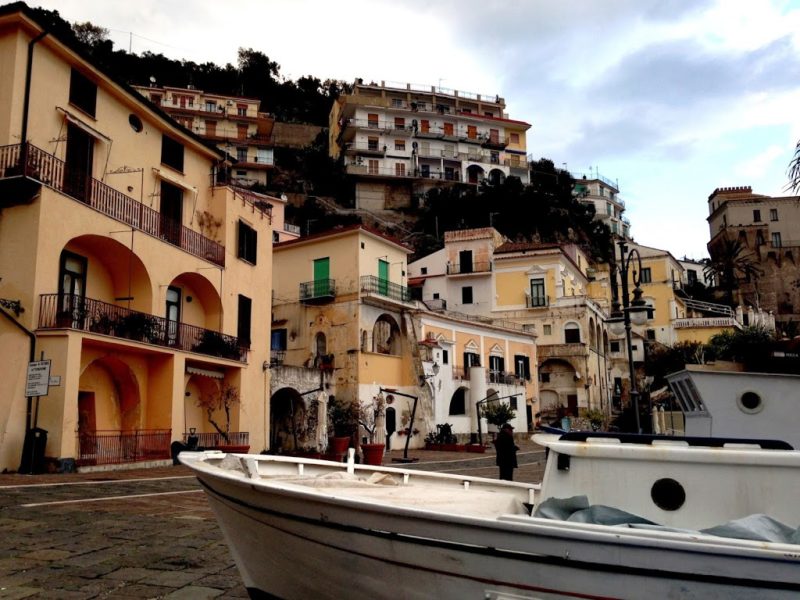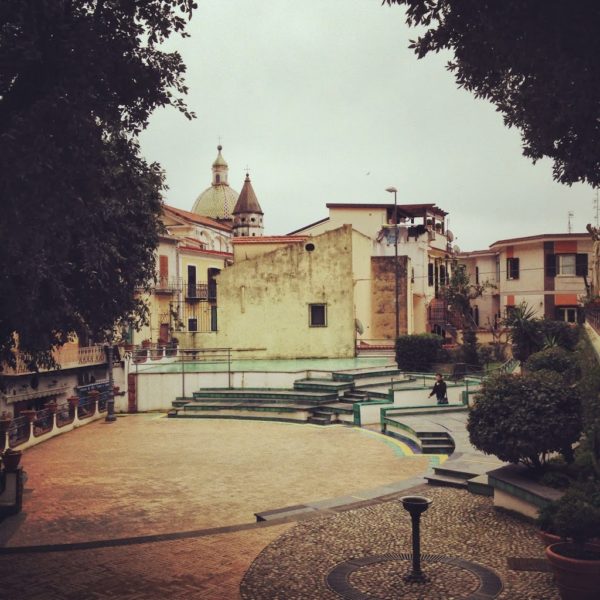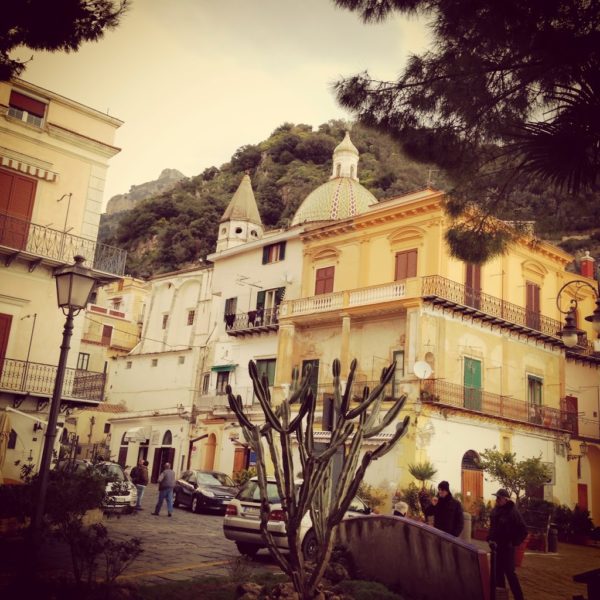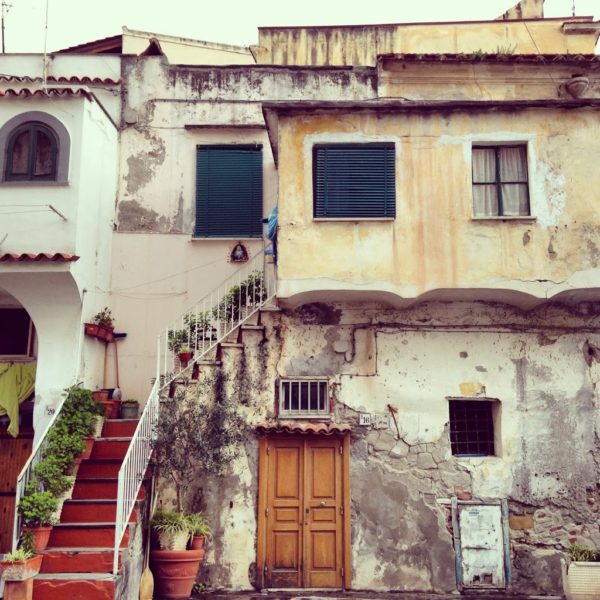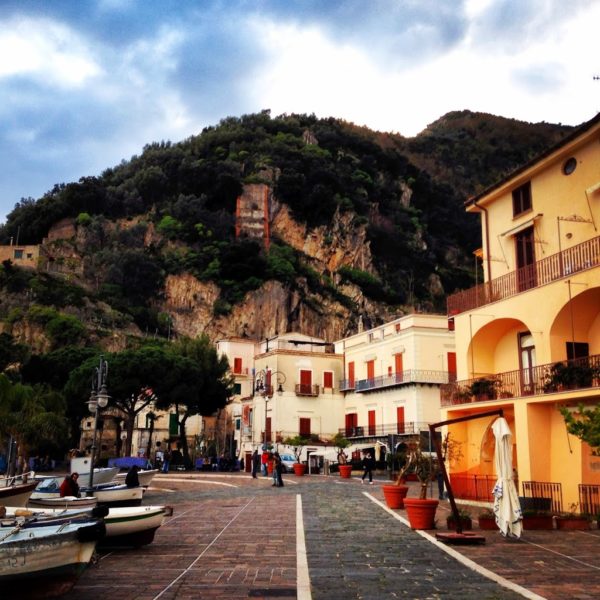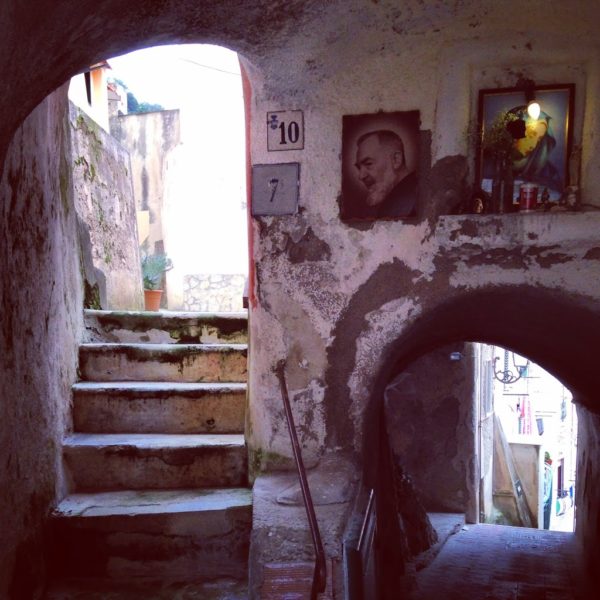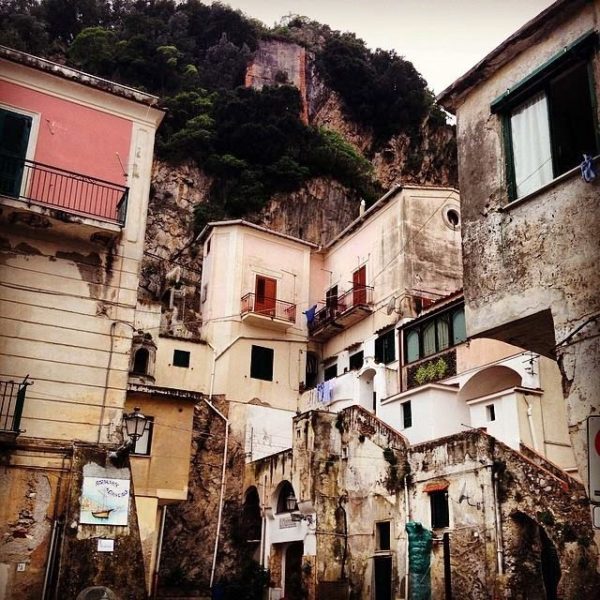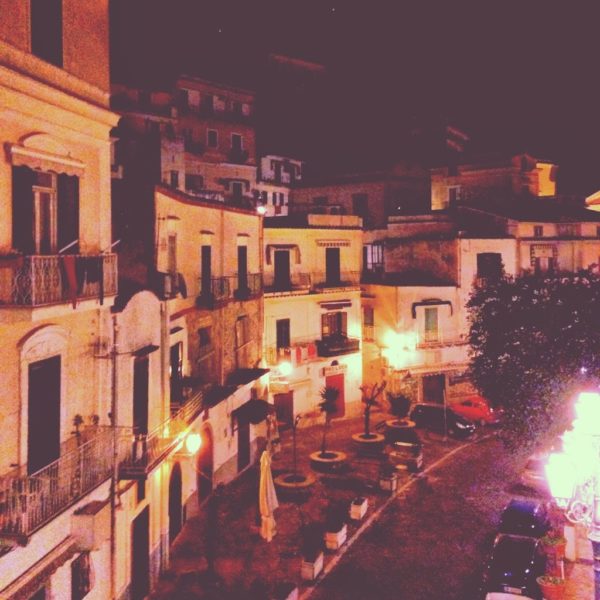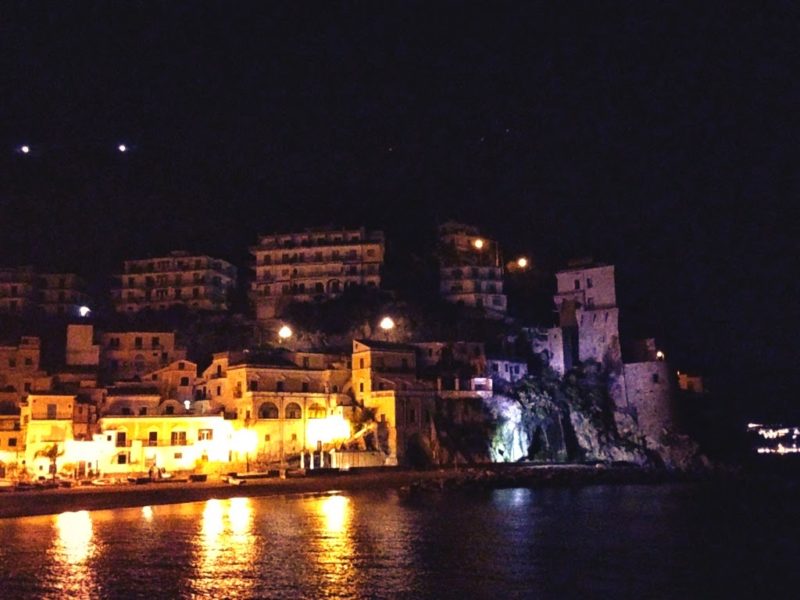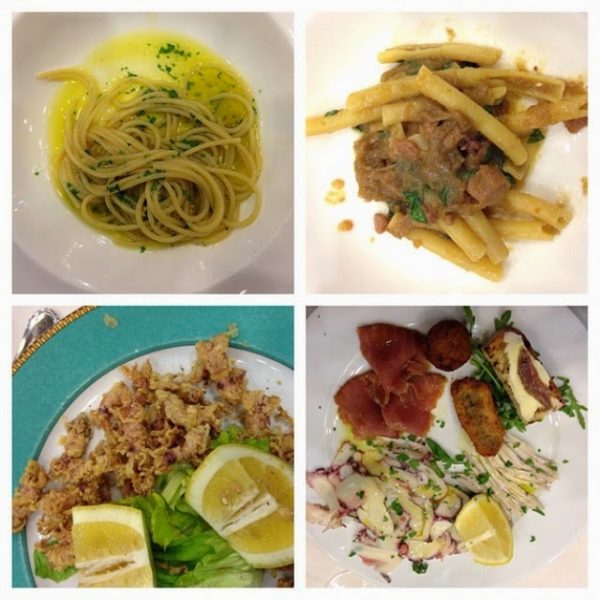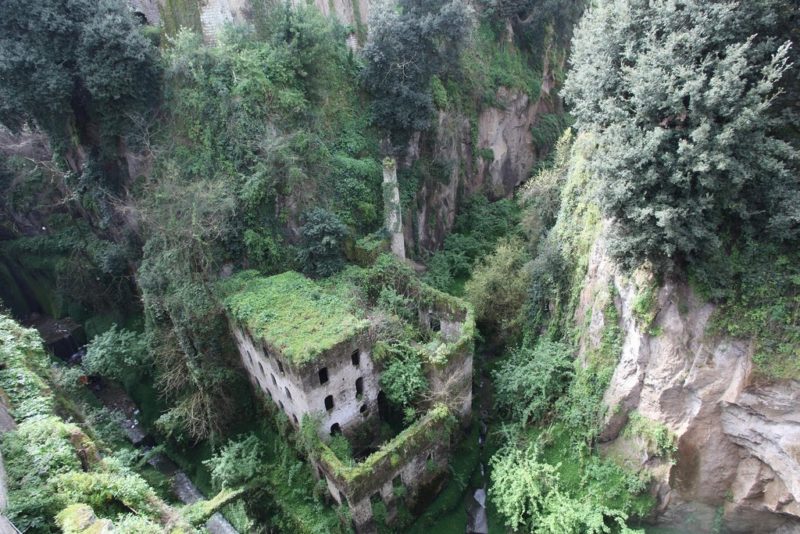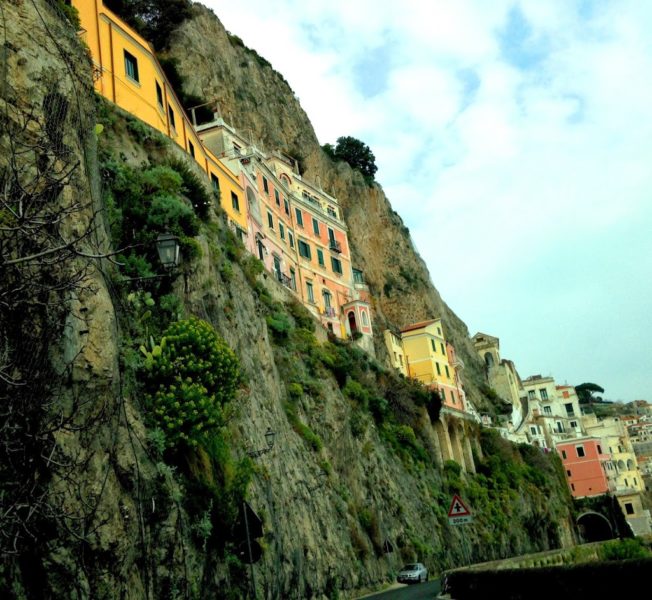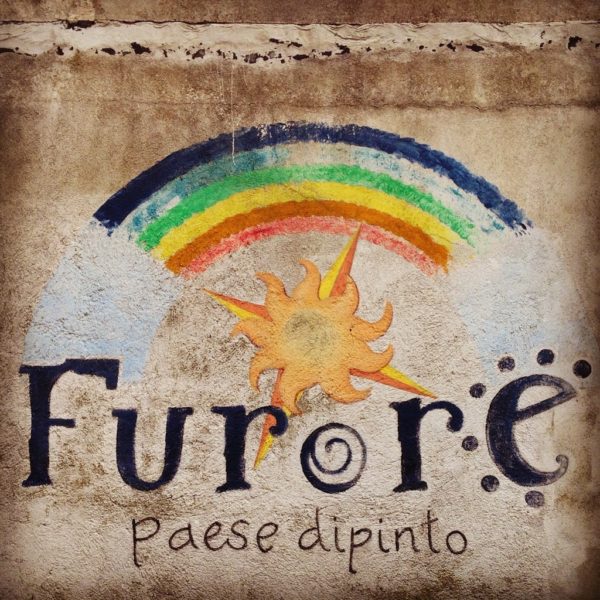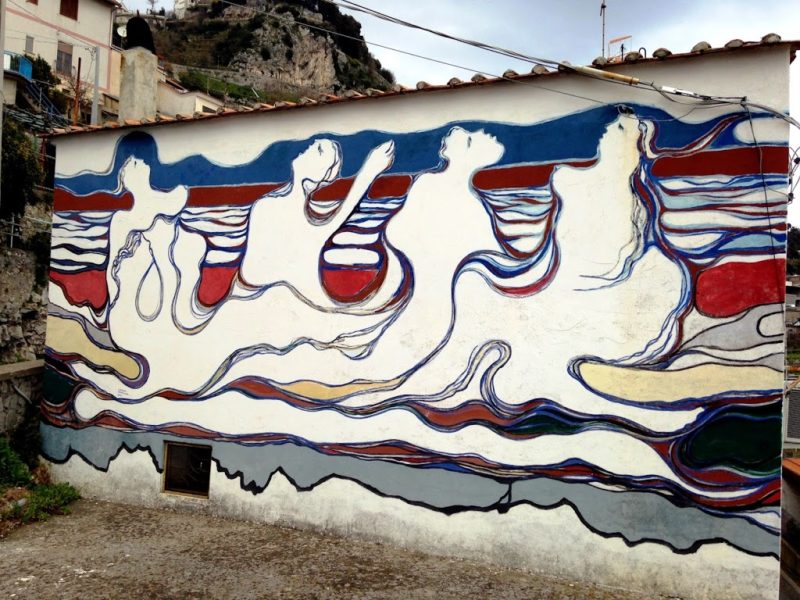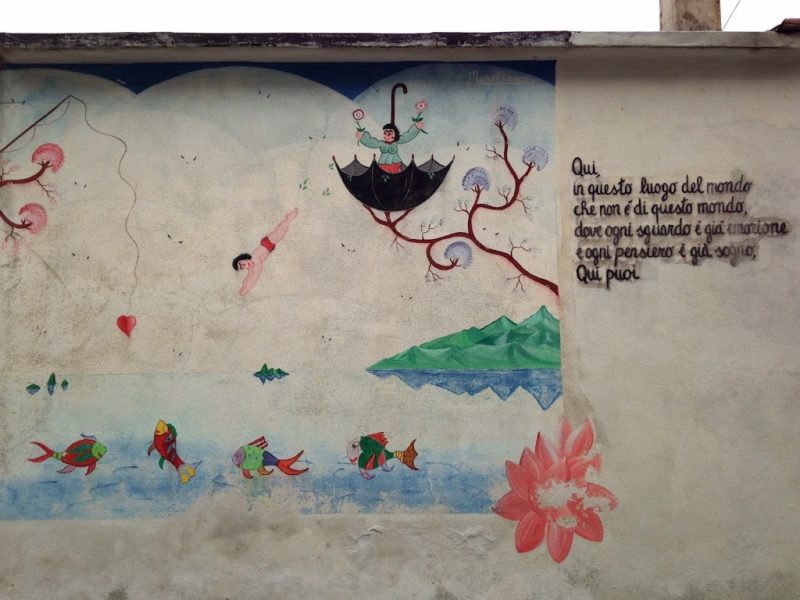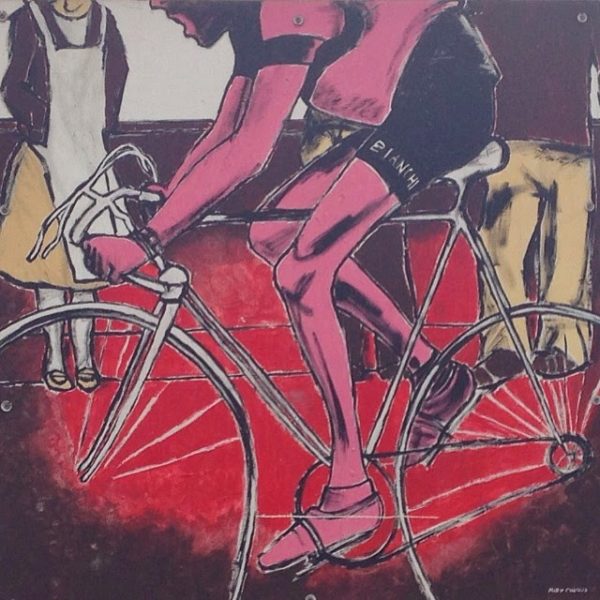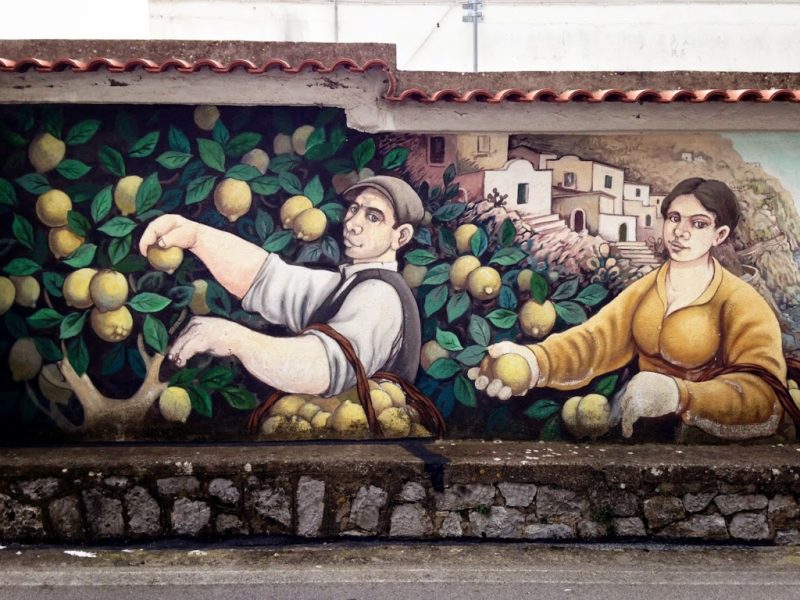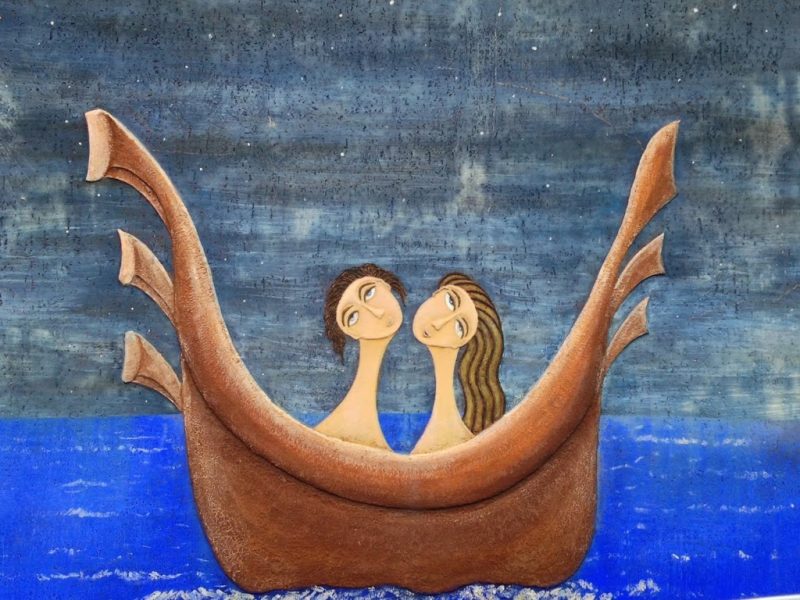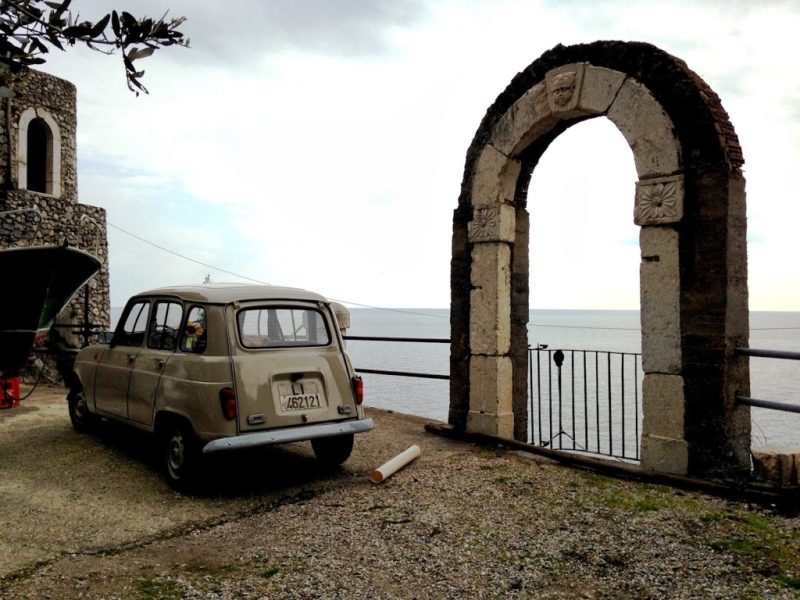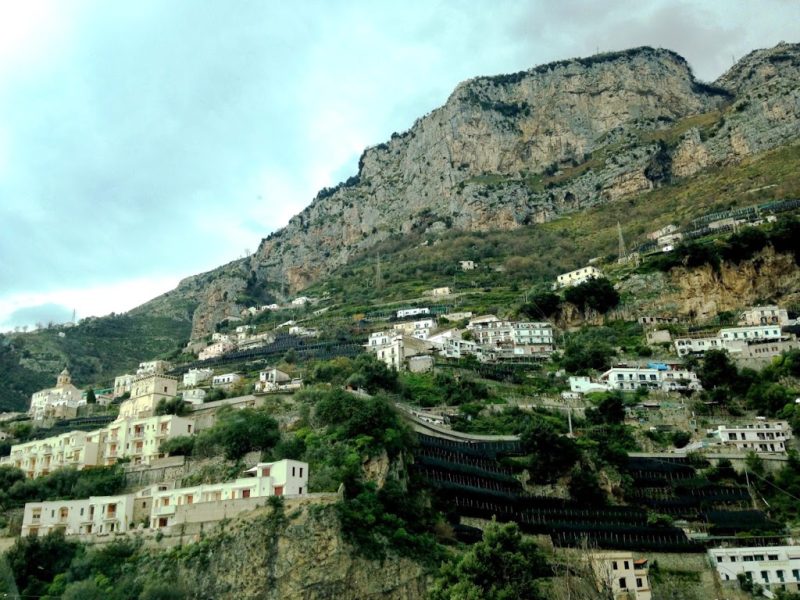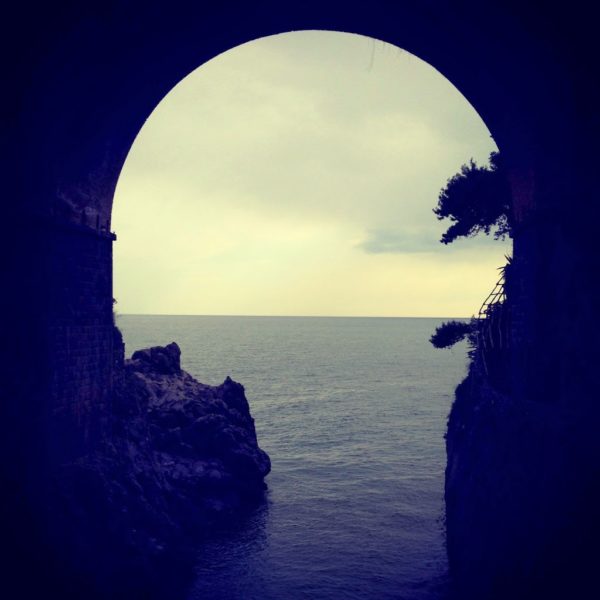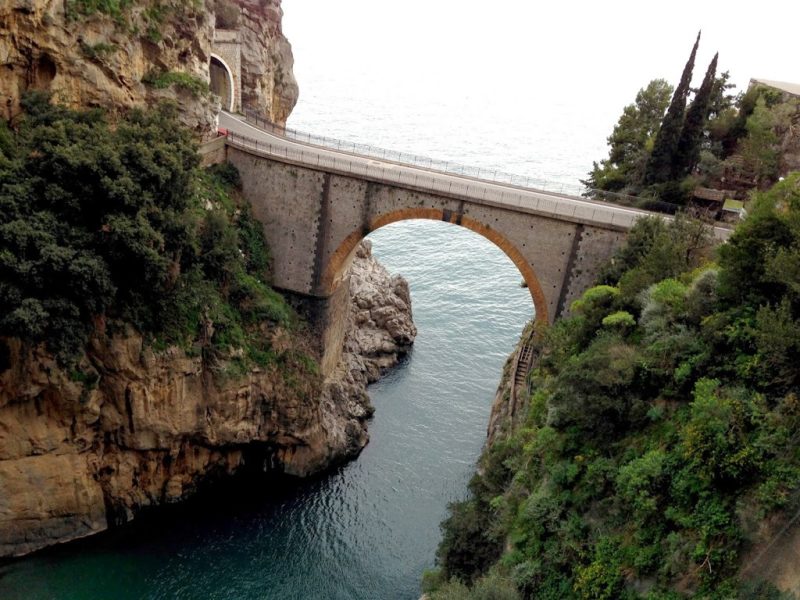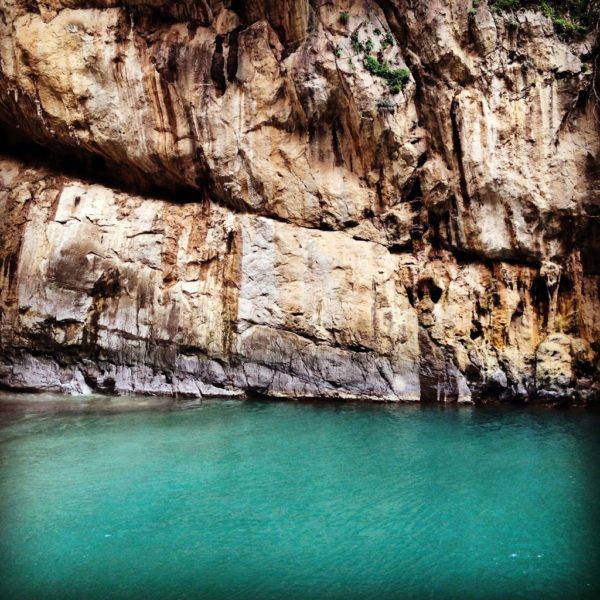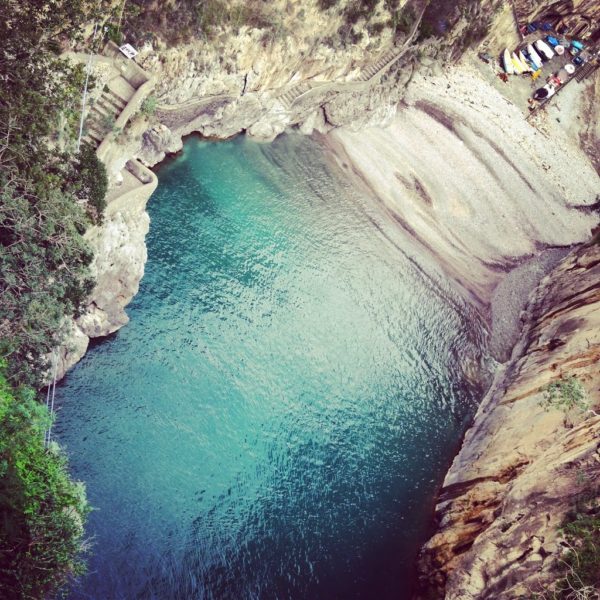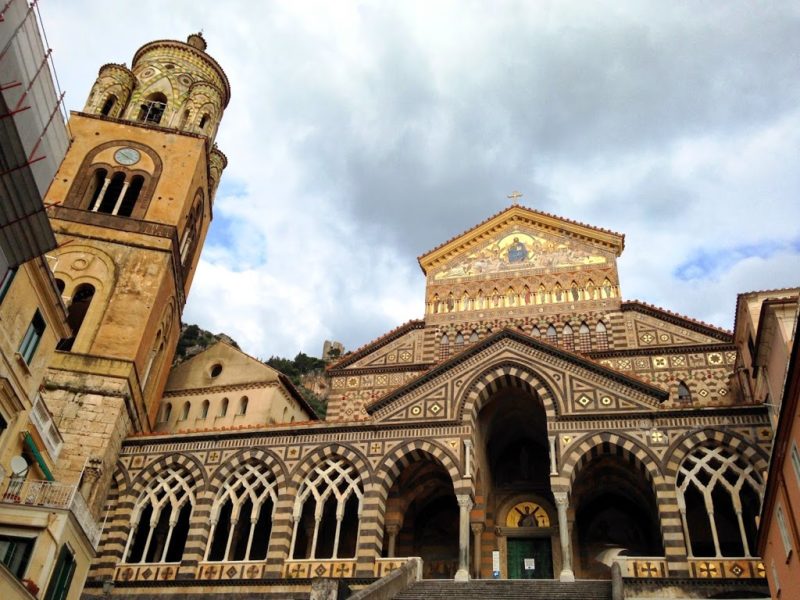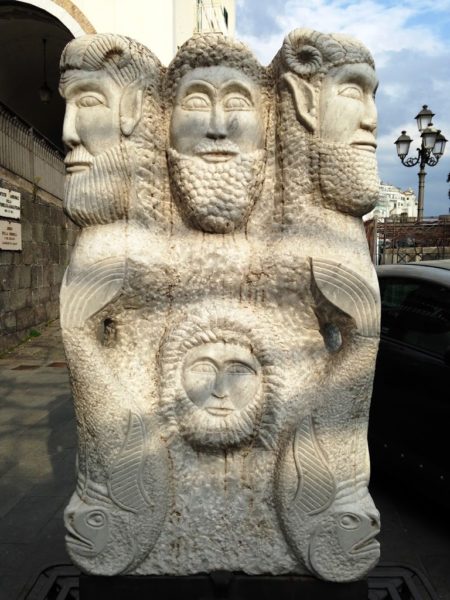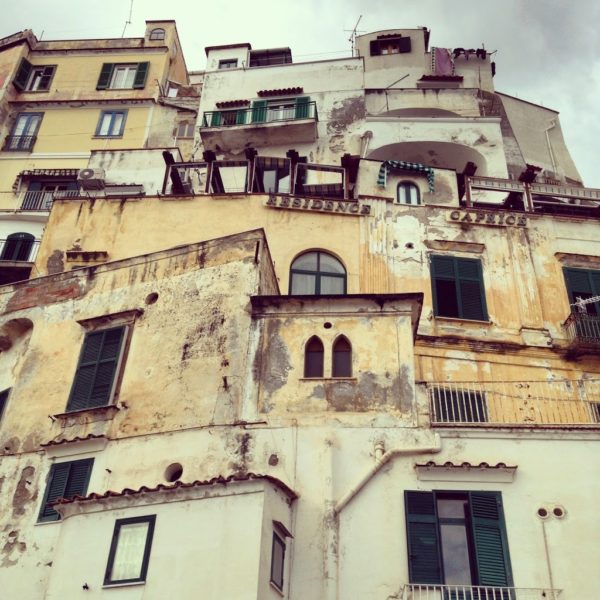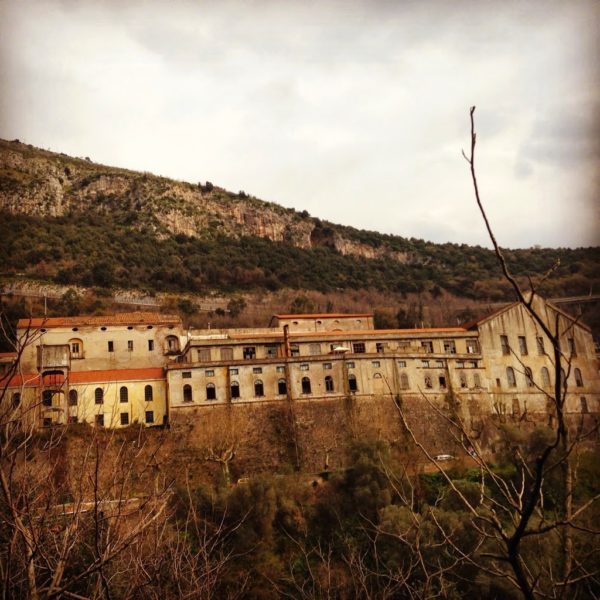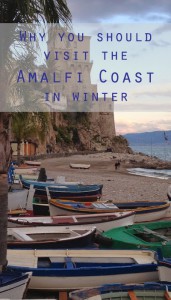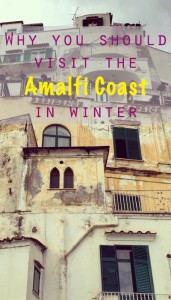Speaking of New Year’s resolutions, I’m quite proud of having stuck to my plan of getting outside Rome more often; after a one-day getaway in Naples, this time I pushed myself further, as far as the picturesque Amalfi Coast, one of Italy’s top tourist destinations, which I wanted to enjoy in an anti-touristy way by going there in winter.
Our base was Cetara, hometown of the well-known Chef, Pasquale Torrente, who was turning 50 years old that weekend and who invited us to join his party!
I was pretty excited about this trip: the Amalfi coast is one of Europe’s most breathtaking places, UNESCO site and all; and if it is definitely too crowded and asphyxiating for my taste in summer, visiting it in the low-season can be a very relaxing experience and, definitely, a more authentic one.
In fact, it’s when the overcrowded tourist buses are gone that you can enjoy an unique road-trip along the coast’s single and extremely panoramic road (SS163) and admire its tiny villages with their terraced lemon trees, olive trees and vineyards, and the hanging gardens clinging to the jagged cliffs overlooking the blue, ubiquitous sea.
I especially love going to the beach in winter, when the sea itself is not the destination but the setting.
Amalfi Coast in winter > CETARA
Even in high-season, Cetara can be the safest choice if you want to enjoy the most genuine side of this stretch of coast. It is a small fishermen’s village with a secluded beach and a tiny harbor.
At the foot of Mount Falerzio, Cetara is characterized by white cubic houses, narrow alleys and traditional local products: anchovies and colatura di alici, a local anchovies sauce used to cook pasta.
And stairs, of course; lots of them!
When we arrived in Cetara, we went straight to Pasquale’s restaurant, Al Convento, and he welcomed us with his well-known butter-and-anchovies bruschettas and a glass of gin tonic, followed by his signature dishes, tuna Genovese and pasta with anchovies’ colatura, the two dishes that made him famous and drove the public attention to the unique taste of Cetara’s gastronomic delights.
When we woke up on the next day, it was cloudy and windy, but I was determined to stick to my plan of visiting Furore (to see the open-air art gallery of mural paintings and the beautiful fjord) and then driving to Sorrento to find the abandoned mill.
| Picture by Richard Carter |
Amalfi Coast in winter > FURORE
We finally arrived in Furore, also known as “the painted village”. Here in 1980, an open-air art gallery with more than 100 colorful mural paintings and sculptures was created, aiming at a more attractive identity than just a panoramic road.
The painted houses of Furore are not conglomerated. Each one is at the very center of its own small piece of heaven, a heaven made of terraced cliffs with scented lemon groves and olive trees, while the blue of the sea is always there on the horizon.
Or, maybe, that is just the limbo.
There were only the four of us following the path down to the fishermen’s village (more stairs! Ouch!), our steps echoing into the canyon, until we stopped to admire the 30-meter-high bridge (which serves as the diving board for the Mediterranean Cup High Diving Championship).
The bay, with its sleeping boats, looked like a seasonal ghost-village. The restaurant and the bed-and-breakfast on the tiny beach wouldn’t emerge from hibernation any sooner than a couple of months hence! It is really hard to imagine that this peaceful tiny spot turns into a crowded circle of Hell in summer.
Amalfi Coast in winter > AMALFI
Back in the car, we headed to Amalfi, a former maritime Republic whose golden age (between the 10th and the 12th centuries) is still symbolized by a beautiful Arab-Norman Cathedral.
Wandering around Amalfi, I couldn’t help noticing that in the low-season only the “essentials” are open (kiosks, pharmacies, cafes, etc…) and so you can easily spot which shops are tourist-targeted and which aren’t. Anyway, even if many tourist shops were closed, the for rent signs and the advertisements for promoting -more or less- licensed tour operators were firmly in place and they were so many of them as to upset anybody, even when the town was wrapped in a low-season, cloudy-Monday kind of charm.
Anyway, it was a great weekend.
It’s always amazing to get away from it all and breathe some sea-air and I really enjoyed the Amalfi Coast without a hint of its usual summer chaos.
